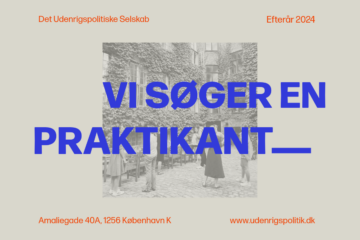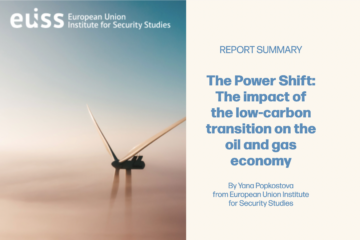Report Summary: The EU’s Civilian Headquarters: Inside the control room of civilian crisis management
The EU’s Civilian Headquarters: Inside the control room of civilian crisis management
Edited by Giovanni Faleg With contributions from Elisabetta Bellocchi, Carina Böttcher, Torsten M. Hoffman, Ana E. Juncos, Birgit Loeser, Francisco Esteban Pérez, Tobias Pietz, Nicoletta Pirozzi, Mohamad Tabit
Established in 2007, the Civilian Planning and Conduct Capability (CPCC) is the EU’s operations
headquarters in charge of command and control for civilian crisis management missions launched under the Common Security and Defence Policy (CSDP). The CPCC has played a major role in EU security operations, including in operations in the former Yugoslavia and Afghanistan, among many others. As the CPCC celebrates its 15th anniversary, this paper looks back on the reasons for its creation, its operations, and its future prospects in an increasingly multipolar world.
The paper brings together civilian planners, policymakers, and experts, providing an ‘institutional memory’ of the CPCC. It describes the process of CPCC’s creation, borne from a need for overarching command of crisis operations. It details the changes it has undergone to reach its present form, including how an increasing number of international conflicts have resulted in a growing demand for civilian CSDP deployments.
The paper first assesses the CPCC through an insider’s perspective, with staff providing explanations of the various functions that the CPCC performs as part of its mandate. These operations include planning, conduct, support, and coordination. The paper also consults external experts on the question of whether the HQ has worked and will work in the future. It describes successes, but also identifies scope for improvements, and provides a comprehensive analysis of three different challenges facing the HQ,:
- Integration: How to integrate concerns regarding the role of civilian CSDP as part of the EU’s integrated approach, recognizing the need for CPCC to operate in synergy with other EU actors and institutions, beyond civilian-military coordination.
- Learning: what is the capacity of the CPCC to foster learning and adaptation to better face
emerging challenges and take account of experience gained on the ground. - Future: What kind of future lies ahead of the EU’s civilian crisis management, and how to make it more fit for its level of ambitions.
Read more here.


